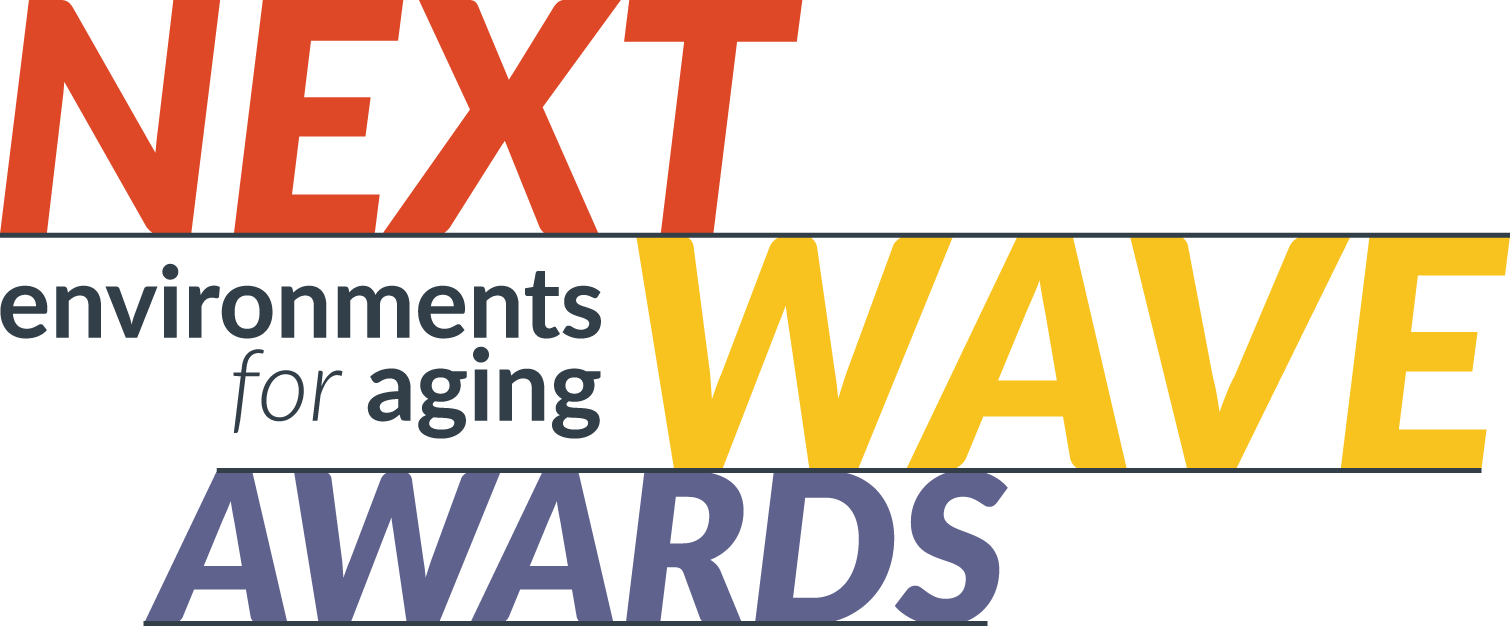After three days of inspiring educational sessions, bustling networking events, and much-needed face time with industry colleagues—both old and new—the EFA Expo & Conference, Aug. 29-31 in Chattanooga, Tenn., ended with a thought-provoking discussion on the path forward and why now, more than ever, it’s time for senior living to change.
The panel discussion was moderated by Environments for Aging Editor-in-Chief Jennifer Kovacs Silvis and included Jane Rohde, principal at JSR Associates Inc.; Lisa Warnock, director of housing interiors at LRS Architects; Steve Lindsey, CEO of Garden Spot Communities; and Mike Harris, president, Cornerstone Senior Living LLC. The group started by briefly reflecting on some of the lessons they’d learned in the past 12-plus months as the industry addressed the COVID-19 pandemic, with Rohde noting that it’s provided an opportunity to “think fully about our work.”
On the operator side, Harris said the industry went from normal operations to “DEFCON 5” overnight. As a result, he said organizations saw the importance of people to “step in and lead.” Another lesson was learning to adapt on the fly. And while it was important to address issues such as air quality and HVAC systems and put safety protocols in place, it was also key for organizations to learn how to keep admitting residents and growing their communities. The lesson, he said: “Put your shoulder to the wheel and come up with new ideas.”
Warnock agreed on the need for fresh strategies, saying that the industry has a “tremendous opportunity to do more,” including rethinking existing models and design features. For example, she said the last year taught the industry how do design safer spaces, but also emphasized the need to build “more meaningful outdoor spaces.” Garden Spot’s Lindsey added the past year also “really validated the household model,” with many of these communities seeing better outcomes and allowing residents to maintain connections to others during the pandemic.
Turning the conversation to the future, the panelists dove into four topics—market, place, home, and staff—and strategies that should be embraced post-pandemic. Starting with the understanding the market and how to deliver value to it, Lindsey noted that traditionally the industry has put residents into certain boxes that defined what type of setting they needed and the expectations for what they’d do there.
Now, with today’s technology and internet-savvy seniors, the industry needs to shift toward a “post-demographic way of thinking.” “We can’t build for old people anymore,” he said. Furthermore, he added, people aren’t brand loyal any more, but rather look at the “newest as the best.” The takeaway was, “We constantly need to refresh,” he said, adding that the industry should not only look within the industry but to other sectors such as dining and residential to find fresh takes.
Harris said it’s also important to understand that the competition has changed, with communities not only faced with seniors’ rising preference for home health services or aging in place options but also their desires to move to warmer clients or closer to family and grandkids rather than into their nearby senior living community. “We have the most sophisticated consumer than ever,” he said.
Additionally, the speakers discussed how the industry also needs to address underserved markets—specifically the middle market—which will take different strategies that are affordable and flexible. One idea suggested by Rodhe and Warnock was clustering affordable housing units near existing amenities as a way to provide access to services without relying on the operator or organization to provide the space or labor for everything. “Anything’s on the table but it’s something we need to think creatively on,” Rohde said.
Turning to the idea of integrating placemaking concepts to create authentic experiences, Lindsey said he’d like to see the industry shift its thinking from a marketability standpoint or what looks good in brochures to spaces that layer in activities throughout the day and feel inviting to all residents, including introverts and extroverts. “Owners and operators need to understand that our role is creating relationships,” he said.
To design authentic spaces, Warnock said it’s important for project teams to be ready to “show up and listen.” Furthermore, she said, projects should focus on adding elements and activities to help draw residents into desired spaces, such as an outdoor courtyard for memory care residents that includes such elements as a water feature, fireplaces, and aviaries. “Program it well,” she said.
Furthermore, Rohde added that the industry should also be looking to create “more than just a building,” but communities that are connected and provide access to health and wellness-focused activities, such as trails and transportation options. “What encourages them to do ‘X’?” she said. “It’s community design in a broader sense.”
To start delivering on this, Harris said communities need to plan for more than just opening their doors and start imaging what their second or third phases will look like and how that influences what they do in the first phase of a project. “It’s important to think about your future success,” he said.
Speaking on how to identify what defines home for residents, today and tomorrow, Warnock said communities should look at the resident room and how they can offer more opportunities for customization to support the idea of choice. “Can we do more robust customization packages?” she asked. However, Harris cautioned about the “influence of HGTV” and its impact on seniors’ expectations, adding that the industry shouldn’t try to compete with the commercial market. “People aren’t coming for the real estate, they’re coming for the community, the safety/security, the life plan services,” he said.
The last topic of discussion delved into staffing and the need to focus on operational models to deliver a better experience. Rohde began by proposing that workforce development, living wages, transportation assistance, and on-site housing for employees be considered to help address staffing issues as well as increase competencies and create a career path for those in the field.
On the design side, she added that ideas from better respite spaces to access to the outdoors to having frontline conversations with employees on their needs can help staff feel like they’re being seen. Lindsey added that it’s also important to consider how layouts can help address operational issues, such as walking distances between resident rooms and access to needed supplies.
While burnout was already an issue in the industry—and further exacerbated by COVID-19—Warnock noted that she still finds clients that don’t want to focus on staff respite spaces and amenities. Her response is to encourage them to “aspire to be like tech,” referring to technology companies which have led the way in providing spaces for staff to relax, take a break, or access health or career resources from the office. “You can show your staff how much you care for them by supporting their health,” she said.








